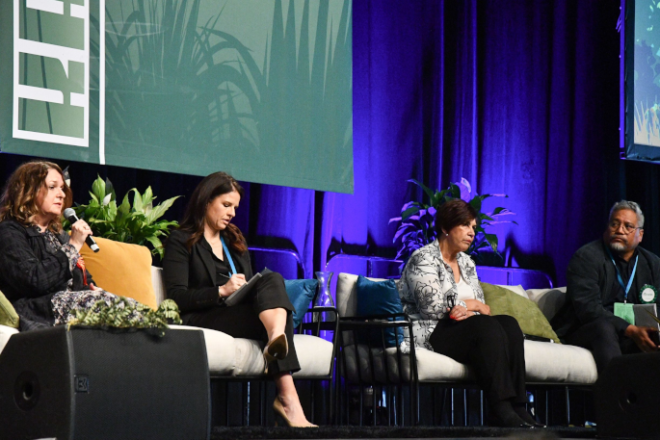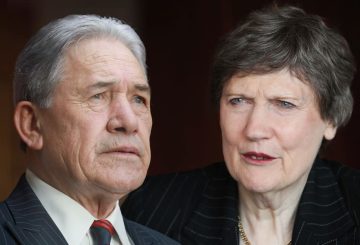陶朗加的一位小学教师凡妮莎·米勒(Vanessa Millar)敦促政客们让孩子远离政治争端,将他们比作 “政治橄榄球”。米勒在罗托鲁阿举行的NZEI Te Riu Roa年会上发表讲话,向来自四个主要政党的代表询问了他们将教育作为跨党派合作问题的计划,这引起了在场教育工作者的掌声。
米勒强调,经常变化的政策以及缺乏共同愿景不利于儿童的未来。
工党的扬·蒂内蒂表示同意,她说孩子是无价之宝,政治不应干扰教育。国民党的埃里卡·斯坦福强调了该行业内不同想法和辩论的价值。
Te Páti Maori的Merepeka Raukawa-Tait对跨党派合作持怀疑态度,而绿党的蒂瑙·图伊奥诺则支持蒂内蒂的观点,暗示如果有足够的政党团结起来,就能取得进展。
各方的教育政策各不相同:
- 国民党的目标是禁止在学校使用手机,强调核心科目,改写课程,为教师引入毕业考试。
- 工党的重点是继续学校午餐,将金融知识定为必修课,规定核心科目的教学方法,并提供资源来帮助教师制定新法规。
- 绿党主张结束课堂直播,尝试其他学校治理模式,普遍教授毛利语和tikanga毛利语,并成立一个事工单位来优先考虑孩子的声音。
- T e Páti Maor i强调kaupapa毛利人的教育,将教育预算的很大一部分分配给毛利模式,禁止开除16岁以下学生的学校,并免除学徒费。






























































